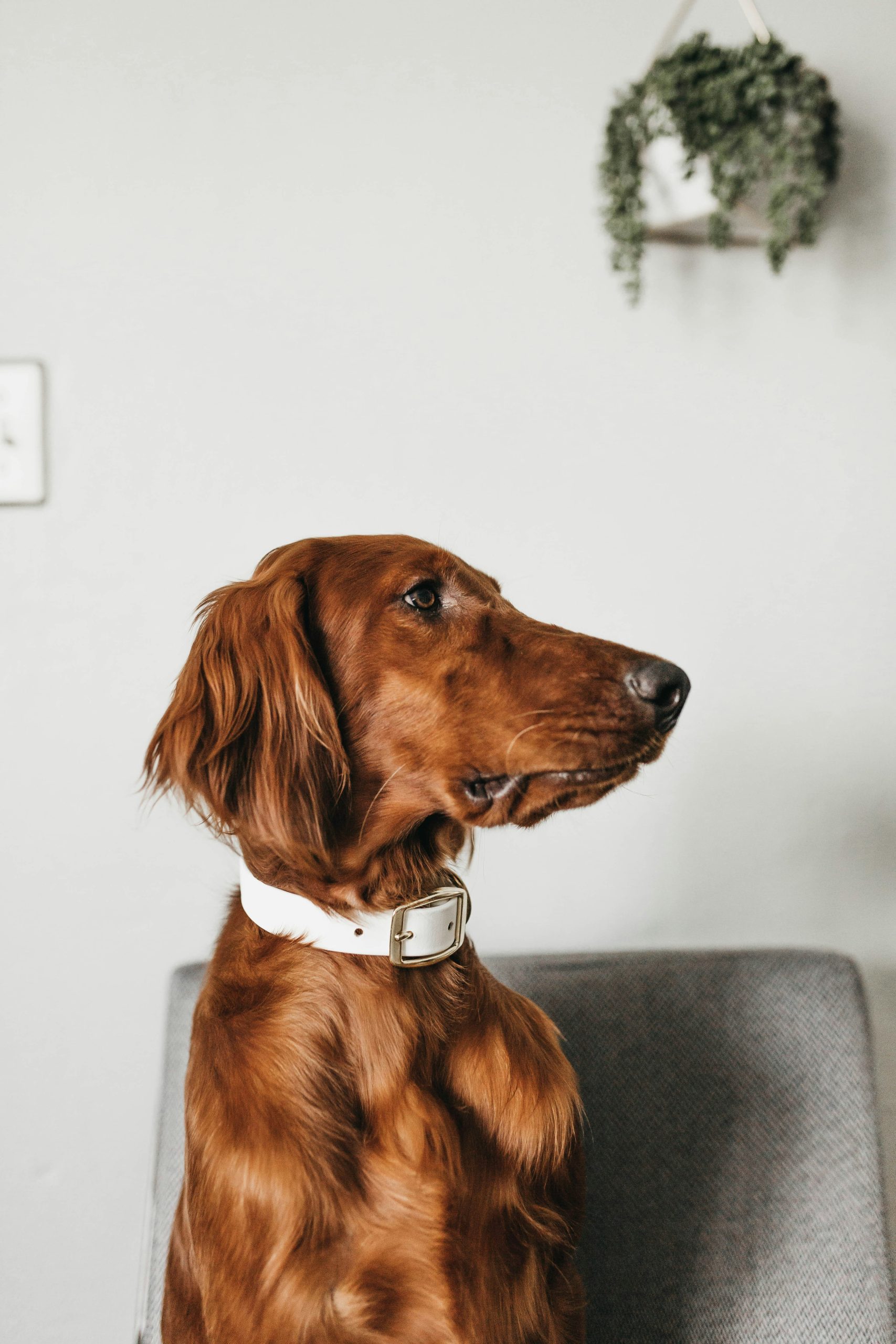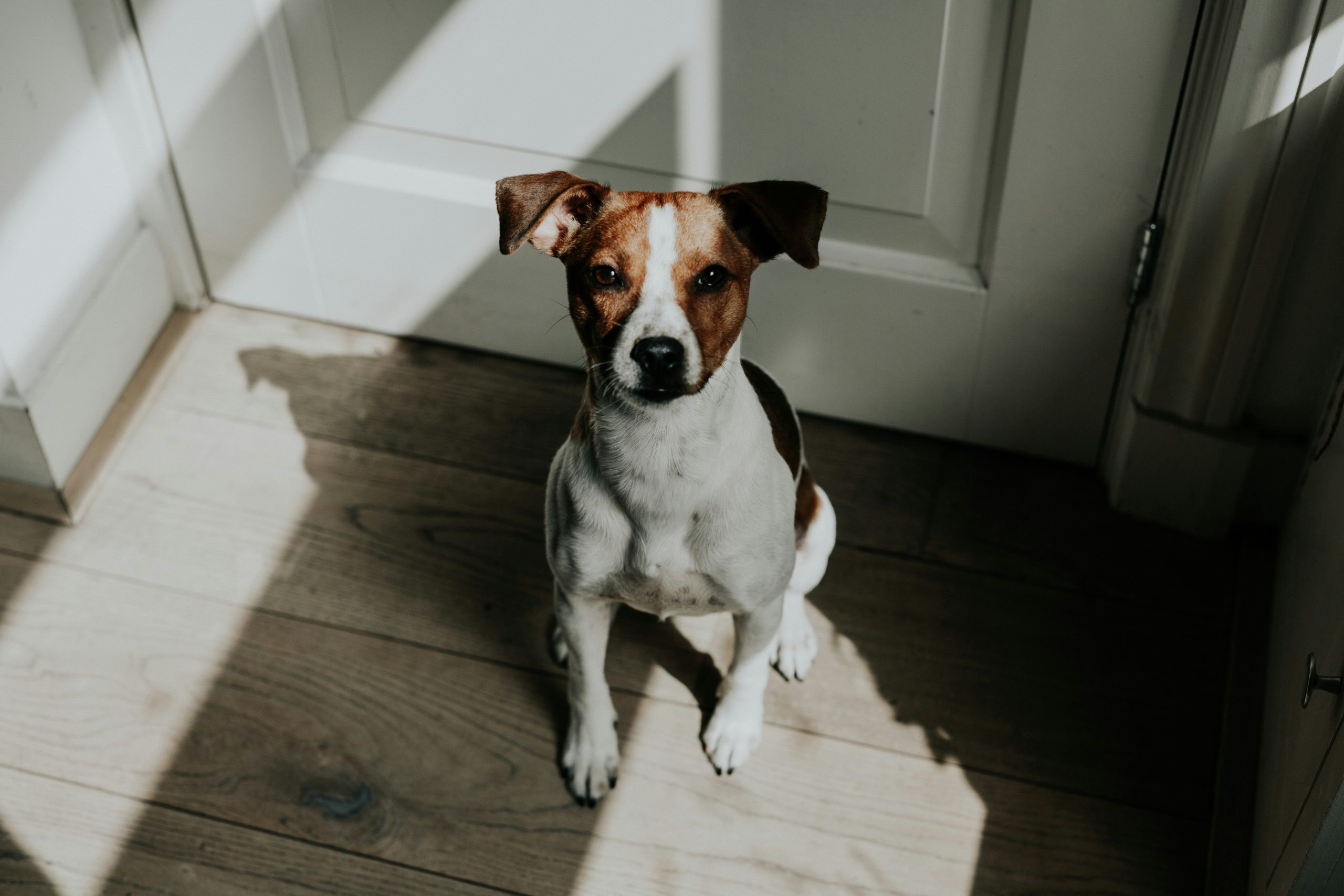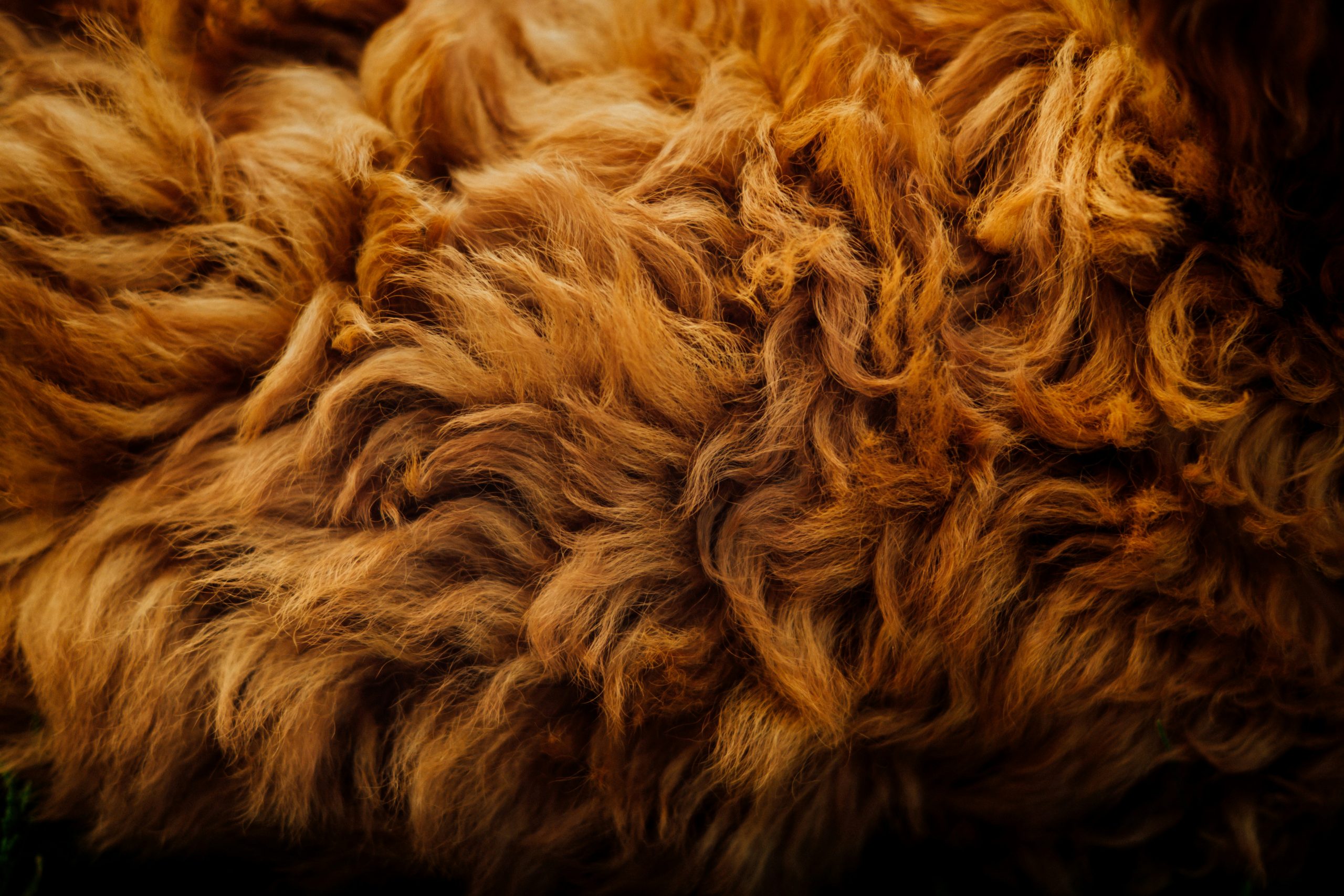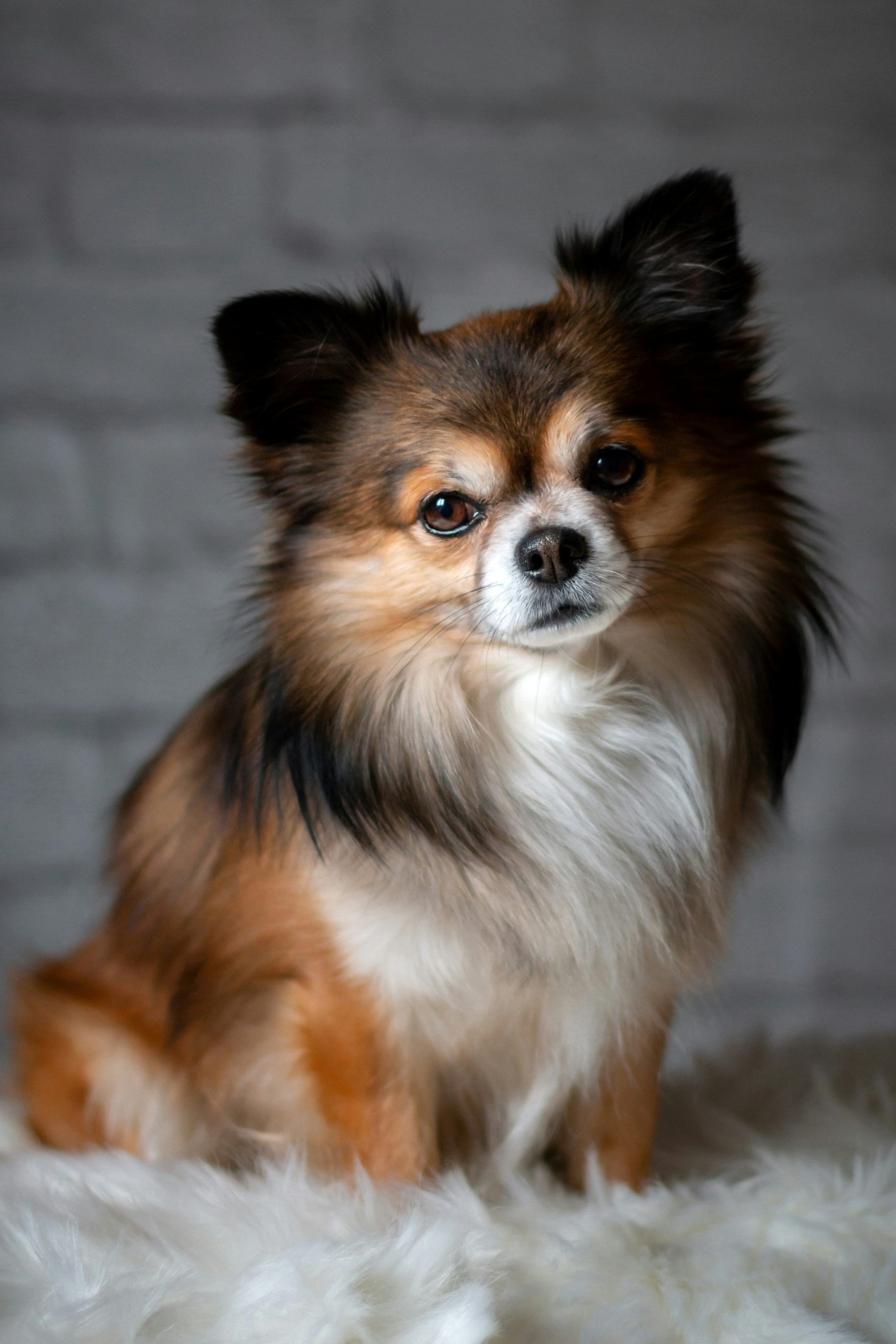Understanding Dog Fur vs. Dog Hair: A Guide to Grooming and Care
An overview of the genetic differences in dog fur and dog hair, including shedding patterns and grooming needs based on coat type.
Overview of Dog Fur versus Dog Hair
Understanding the genetic differences between dog fur and dog hair is essential for proper grooming practices and coat maintenance. The type of coat a dog has impacts shedding patterns, allergenicity, and specific care requirements. Different dog breeds exhibit varying coat characteristics that necessitate tailored grooming approaches to keep their coats healthy and shiny.
When it comes to dog fur, it consists of two distinct layers: the guard hair and the undercoat. For example, breeds like Golden Retrievers and Chow Chows commonly have fur coats, with the undercoat providing insulation and shedding seasonally. On the other hand, dog hair grows from follicles with a longer active phase, and its texture can vary from silky to wiry. Breeds such as Poodles and Maltese are known for having hair coats, highlighting the diversity in textures and growth patterns among different breeds.
Understanding these differences not only helps owners care for their dogs’ coats properly but also sheds light on the unique needs of each breed. This knowledge can aid in selecting the right grooming tools, products, and techniques to ensure that the dog’s coat remains healthy, shiny, and free from tangles or matting. By recognizing the characteristics of dog fur versus dog hair, owners can establish a grooming routine that meets their pet’s specific needs, promoting overall well-being and a strong bond between the dog and its owner.
Dog Fur Characteristics
Dog fur is a fascinating aspect of a dog’s coat that plays a vital role in their overall well-being. It usually consists of two layers: the guard hair and the undercoat. The guard hair is the outer layer that acts as a protective barrier against external elements, while the undercoat, situated beneath the guard hair, provides insulation. This undercoat is particularly crucial for regulating body temperature and protecting the dog from extreme weather conditions. For instance, breeds like Golden Retrievers, known for their luxurious fur coats, have a dense undercoat that helps them stay warm in colder climates.
Understanding the distinct features of dog fur is essential for proper grooming and care. The shedding patterns of fur can vary depending on the breed and environmental factors. Dogs with fur coats may experience more shedding throughout the year, particularly during seasonal changes. This shedding process helps in renewing the coat and maintaining its health. Regular grooming practices such as brushing can aid in managing shedding and keeping the fur free from tangles and mats. By comprehending the unique characteristics of dog fur, owners can tailor their grooming routines to meet the specific needs of their furry companions, ensuring a healthy and lustrous coat.
Dog Hair Characteristics
When it comes to dog hair, it is essential to understand that it grows from follicles with a longer active phase, leading to continuous growth rather than seasonal shedding, a characteristic commonly associated with fur. This means that dogs with hair coats may require more frequent grooming to manage the continuously growing hair. The texture of dog hair can vary significantly among breeds, ranging from silky to wiry. For instance, Poodles and Maltese are breeds known for their distinctive hair coats that may require regular trimming to preserve a specific length and prevent tangling or matting issues.
Moreover, the length and texture of dog hair can impact the grooming needs and techniques required to maintain a healthy coat. Dogs with silky hair may need different grooming products and tools compared to those with wiry hair. Understanding the specific characteristics of your dog’s hair coat can help tailor your grooming routine effectively. For example, regular brushing and occasional professional grooming sessions can help manage hair growth, prevent matting, and keep your furry friend looking and feeling their best. By paying attention to these details and using the right grooming practices, you can ensure that your dog’s hair remains in optimal condition throughout their life.
Shedding Patterns
Understanding the shedding patterns of dogs with fur versus dogs with hair is crucial for proper grooming and coat maintenance. Dogs with fur, like Golden Retrievers and Chow Chows, often shed more throughout the year, particularly during seasonal changes when they may experience heavy shedding cycles. The shedding of fur is primarily influenced by the breed’s genetics, hormonal fluctuations, and environmental factors, such as temperature and daylight hours. Regular grooming, including brushing and de-shedding, is essential to manage the excess fur and minimize shedding around the house.
In contrast, dogs with hair coats, such as Poodles and Maltese, typically shed less than their fur-coated counterparts but may have continuous shedding due to their hair growth cycle. Hair coats grow continuously from the hair follicles, with a longer active phase compared to fur coats. This continuous growth results in hair shedding throughout the year, albeit in smaller amounts than seasonal fur shedding. Understanding the unique shedding patterns of hair-coated breeds is essential for implementing a grooming routine that includes regular brushing to prevent matting and tangling, which can lead to discomfort and skin issues.
Grooming Needs Based on Coat Type
When it comes to grooming needs based on coat type, it’s essential to understand the specific requirements for fur versus hair coats. Fur coats, like those found in breeds such as Golden Retrievers and Chow Chows, consist of two layers: the protective guard hair and the insulating undercoat. The undercoat of fur provides warmth in colder months but requires regular de-shedding to manage shedding and prevent matting. By using appropriate grooming tools such as undercoat rakes or deshedding tools, pet owners can effectively remove loose fur from the undercoat and reduce shedding around the home.
On the other hand, dogs with hair coats, like Poodles and Maltese, have hair that grows continuously from the follicles, often with a longer active growth phase compared to fur. To maintain hair coats and prevent tangling or matting, regular trimming is necessary to keep the hair at a specific length. This trimming not only helps in managing the coat’s appearance but also reduces the likelihood of knots forming, which can be uncomfortable for the dog. Additionally, brushing hair coats frequently is crucial to prevent matting and ensure the hair remains healthy and free of tangles.
Understanding the distinct grooming needs based on coat type is vital for pet owners to ensure their dog’s coat remains in optimal condition. By tailoring grooming practices to the specific characteristics of fur or hair coats, such as regular de-shedding for fur or trimming for hair, pet owners can promote coat health, reduce shedding, and prevent common issues like matting. Consulting with professional groomers or veterinarians can provide additional guidance on the best grooming routines and products suited to your dog’s unique coat type, ultimately contributing to their overall well-being and comfort.
Texture and Length Differences
When it comes to texture and length, dog fur and dog hair present distinct characteristics that can impact grooming routines. Fur is known for its denser composition, often with a coarser feel compared to hair. For example, the Golden Retriever’s fur is plush with a dense undercoat that provides insulation, showcasing the typical texture associated with fur. On the other hand, dog hair can vary significantly in length and texture depending on the breed. Breeds like Poodles, known for their curly and dense coats, exhibit a different texture compared to the smoother hair of a Maltese. This variability in texture underscores the importance of recognizing the specific needs of each coat type.
Moreover, the length of a dog’s coat plays a crucial role in grooming requirements. While fur coats are often associated with breeds like Chow Chows, which have a double-layered coat consisting of guard hair and undercoat, hair coats grow continuously from follicles with a longer active phase. For instance, Poodles with hair coats require regular grooming to maintain their distinct curly texture and prevent matting. The differing growth patterns between fur and hair influence the grooming techniques needed to keep the coat healthy and free from tangles. By understanding these variations in texture and length, dog owners can tailor their grooming practices to suit the specific needs of their canine companions, promoting overall coat health and well-being.
Importance of Coat Care for Dog Health
Ensuring the proper care of your dog’s coat is paramount to preventing skin problems, tangling, and maintaining the overall health of their fur or hair. Regular grooming sessions are not just about aesthetics but are crucial for distributing natural oils, eliminating loose hair, and encouraging the growth of a lustrous and healthy coat. For example, brushing your dog’s hair or fur not only removes dirt and debris but also stimulates blood flow to the skin, promoting a healthier coat from the roots.
Moreover, the state of a dog’s coat serves as a significant indicator of their internal well-being. By observing the condition of the coat, pet owners and groomers can often identify potential health issues early on, such as parasites, skin infections, or allergic reactions. Therefore, dedicating time to groom your dog properly is a proactive approach to monitoring their health and fostering a strong bond between you and your furry companion. Remember, a well-groomed dog is not only visually appealing but also likely to be a happy and content animal.
Conclusion and Recommendations
When it comes to grooming your dog, understanding the distinct needs of their coat type is crucial for maintaining their overall health and well-being. For instance, dogs with fur, like the Golden Retriever or Labrador Retriever, require regular de-shedding to manage their undercoat effectively. On the other hand, breeds with hair coats, such as Poodles or Maltese, need trimming to prevent matting and maintain a specific length.
Furthermore, regular grooming plays a vital role in preventing skin issues and matting in both fur and hair coats. By brushing your furry friend frequently, you can help distribute natural oils, remove loose fur or hair, and prevent tangling. Remember, a well-groomed coat not only keeps your dog looking their best but also serves as an indicator of their overall health and happiness. So, consider incorporating grooming sessions into your routine to show your pet some extra love and care while keeping them healthy and happy.




